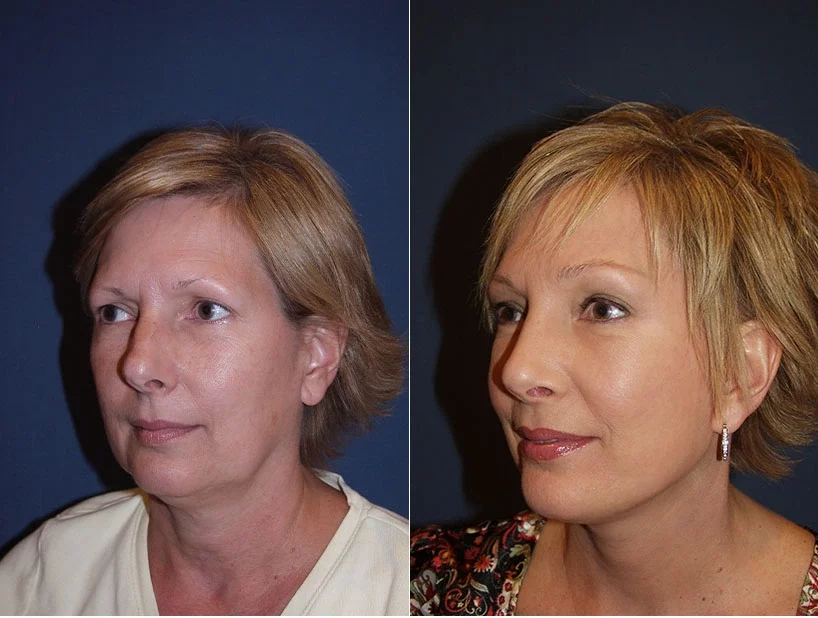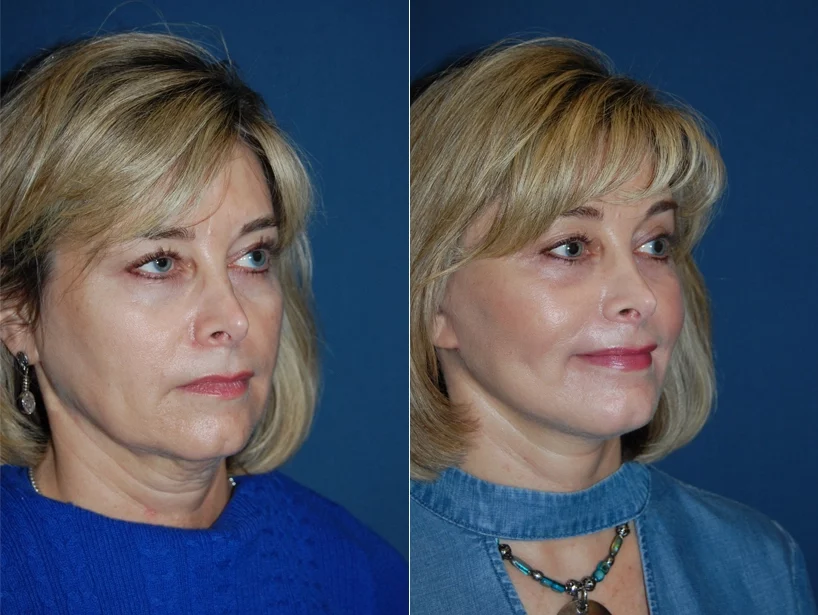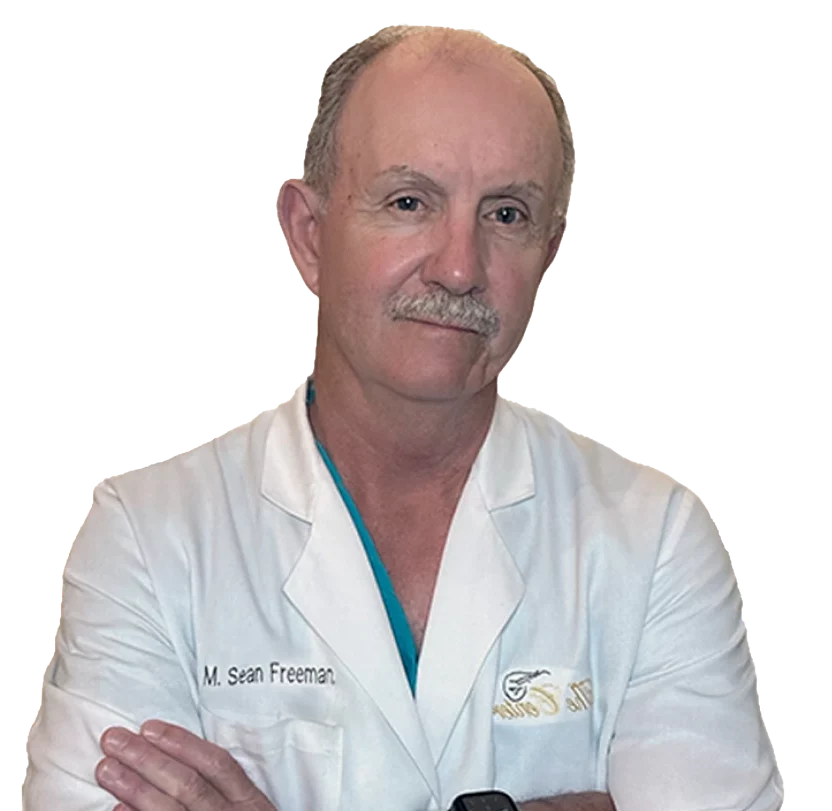Our clinic takes a systematic approach to facelift procedures, optimizing safety and aesthetic outcomes. Our double-board-certified facial plastic surgeon, Dr. Freeman, leads every consultation and surgery with meticulous attention to detail. He carefully examines each patient’s facial structure, including the neck and chin, to design a personalized treatment plan that addresses both visible aging and underlying tissue changes.
Dr. Freeman works with deeper tissues to achieve a lift that supports natural movement rather than just tightening the skin. By employing advanced facelift techniques, he minimizes the risk of complications such as Joker lines or a downturned mouth while maintaining harmony between the cheeks, jawline, and lower face.
For patients who have previously experienced unwanted effects after cosmetic surgery, Dr. Freeman offers revision surgery to restore natural-looking results. Every procedure is performed with the highest-quality standards, and each step is designed to enhance facial contours while preserving expression. Patients benefit from a combination of technical skills and an artistic eye, ensuring that improvements to the mouth, chin, and neck complement the overall facial balance.
With Dr. Freeman’s guidance, patients can feel confident that their facelift not only reverses the signs of aging but also avoids unwanted expressions, leaving them with a refreshed, harmonious appearance.







